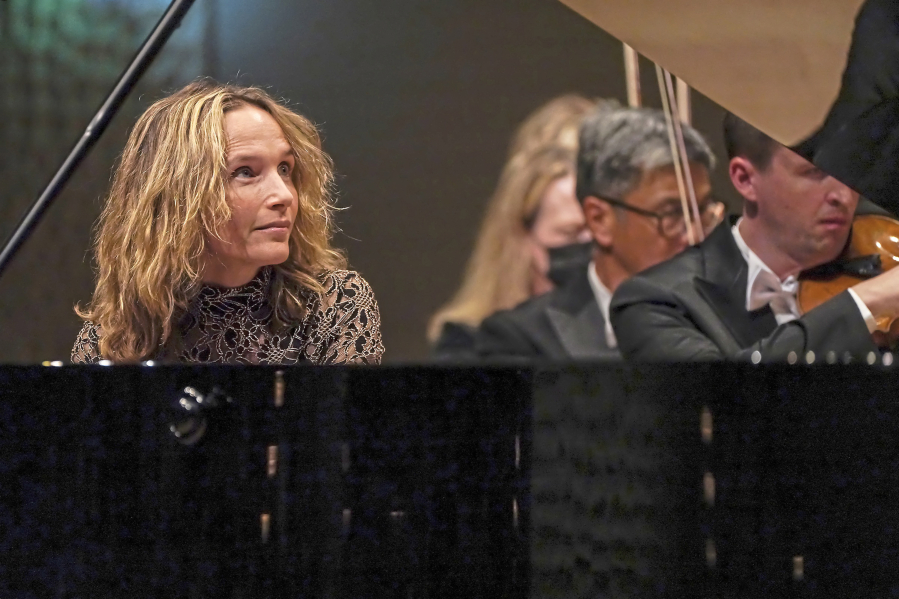ESSEN, Germany — The Steinway and Sons factory in Hamburg, Germany, is a pungent place.
Wandering among its many warehouses treats the nose to smells of freshly cut maple, the tangy scent of cast-iron plating and — the worst — the acrid, overpowering smell of the company’s signature black lacquer.
The Pittsburgh Symphony Orchestra and conductor Manfred Honeck visited Hamburg to perform in the famous Elbphilharmonie, just one stop in a nine-city tour that’s taking the orchestra from Lubljana, Slovenia, to Salzburg, Austria. The orchestra embarks on an international jaunt about every other year to bolster its international standing, an important yardstick in the classical music world.
The orchestra doesn’t travel alone, however.
Typically, several world-renowned soloists join the ensemble at various stops to play concertos, or solo pieces that heavily feature a single instrument. This trip, a violinist, cellist and pianist are dropping in for appearances with the orchestra.
In Hamburg, French pianist Helene Grimaud stopped in to perform music by Ravel with the symphony in a concert that earned multiple rave reviews from international media. The next day, she visited the Steinway factory to test instruments and select a new piano for upcoming performances.



